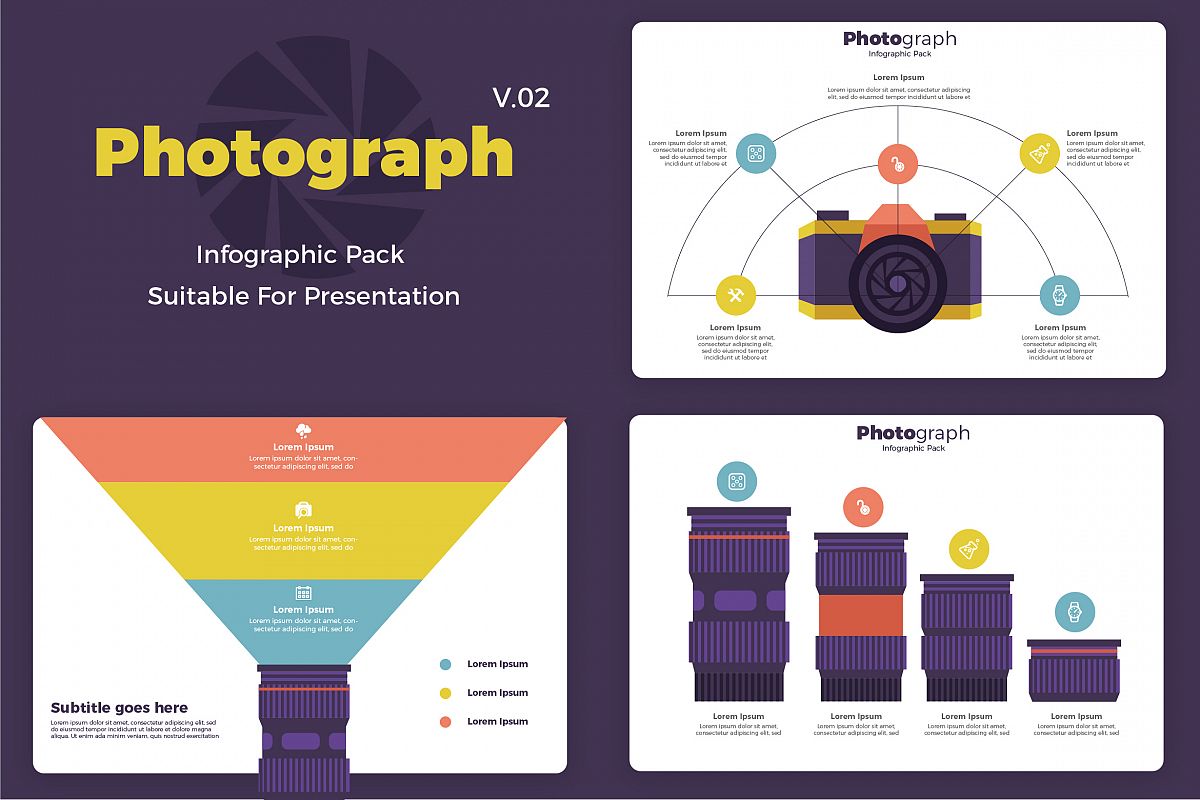Change Your Digital Photography By Grasping Illumination Methods That Can Elevate Your Images-- Uncover The Common Mistakes That Could Be Holding You Back
Change Your Digital Photography By Grasping Illumination Methods That Can Elevate Your Images-- Uncover The Common Mistakes That Could Be Holding You Back
Blog Article
Authored By-Greenwood Isaksen
As a photographer, you recognize that illumination can make or damage your images. Understanding the subtleties of both all-natural and fabricated light is important for capturing the mood and quality you go for in your work. Whether you're chasing the perfect golden hour radiance or fine-tuning your synthetic arrangements, grasping these aspects can elevate your digital photography substantially. Yet there are common challenges that many neglect, and identifying them can change your approach to every shoot. Let's explore what you may be missing out on and just how it can affect your outcomes.
Understanding All-natural Light
Understanding natural light is important for any type of digital photographer seeking to enhance their job. It's the foundation of wonderful photography, influencing mood, tone, and clearness. When you fire outdoors, take notice of the moment of day. The golden hour-- shortly after daybreak and prior to sundown-- uses soft, warm light that can change common scenes right into sensational images.
Do not take Best professional photographer near me of overcast days. Business headshot photography diffuses sunlight, creating a soft, also light that's perfect for portraits and macro digital photography. You'll discover shades pop in this sort of lighting without rough shadows.
Positioning issues, also. Constantly consider your topic's alignment to the light source. If the sunlight's behind your topic, you might end up with a shape, which can be dramatic but mightn't be what you want. On the other hand, direct sunlight can create unflattering darkness.
Explore angles; sometimes, transforming your perspective can generate remarkable outcomes. Use natural reflectors, like water or sand, to bounce light onto your subject, including measurement.
Learning Artificial Light
Understanding artificial light is vital for digital photographers who intend to take their skills to the next degree. Whether you're using speedlights, studio strobes, or constant lights, comprehending exactly how to adjust these resources can substantially improve your pictures.
Begin by familiarizing on your own with the essentials of light high quality, instructions, and shade temperature. Explore different modifiers like softboxes, umbrellas, or grids to manage the gentleness or harshness of the light.
You'll locate that soft light often develops complementary results, while harsher light can add drama and deepness. Do not shy away from shadows; they can boost the three-dimensionality of your subjects.
Pay very close attention to the placement of your lights. A light located too near your subject can develop unflattering outcomes, while too away can cause a lack of detail. Use a light meter or your electronic camera's pie chart to ensure you're subjecting properly.
Last but not least, remember that artificial light can be blended with ambient light for innovative results. Balancing these resources might take practice, once you understand it, your digital photography will genuinely radiate.
Strategies for Various Scenarios
When you step into different shooting situations, adapting your illumination strategies is vital for capturing the best photos. For outside pictures, utilize the golden hour-- early morning or late afternoon light-- to soften darkness and improve skin tones.
If https://www.diyphotography.net/five-composition-mistakes-you-should-avoid-with-your-photography-and-how-to-fix-them/ 's an extreme noontime sun, consider utilizing a reflector to jump light back onto your subject or look for shaded locations for a much more also direct exposure.
In low-light situations, like interior occasions, increase your ISO and make use of a wide aperture to let in more light. A tripod can aid get rid of video camera shake, enabling longer exposures without obscuring.
If you're contending night, experiment with off-camera flash to develop dynamic lights and deepness in your photos.
For product digital photography, utilize diffused lights to stay clear of severe reflections. Softboxes or light outdoors tents can assist achieve this effect.
When photographing landscapes, think about the direction of light and time of day, as it can considerably transform the mood of your shot.
Constantly prepare to change your setups and positioning based upon the scenario, as versatility is vital to mastering illumination in photography.
Final thought
In conclusion, mastering lighting is essential to raising your digital photography abilities. Welcome all-natural light's appeal during golden hour, and do not shy away from experimenting with man-made light techniques. By adapting your technique to different scenarios, you'll catch stunning photos that reverberate with emotion and clarity. Keep in mind, the ideal illumination can transform a common shot into something phenomenal, so maintain practicing and improving your understanding of both natural and fabricated light. Delighted capturing!
